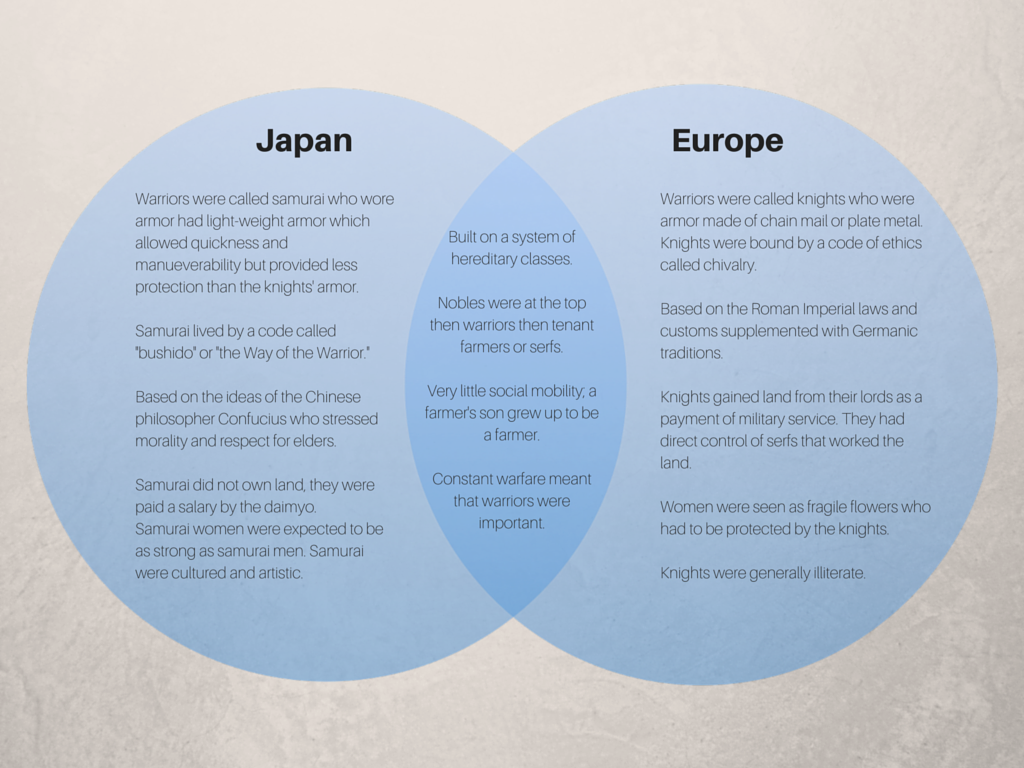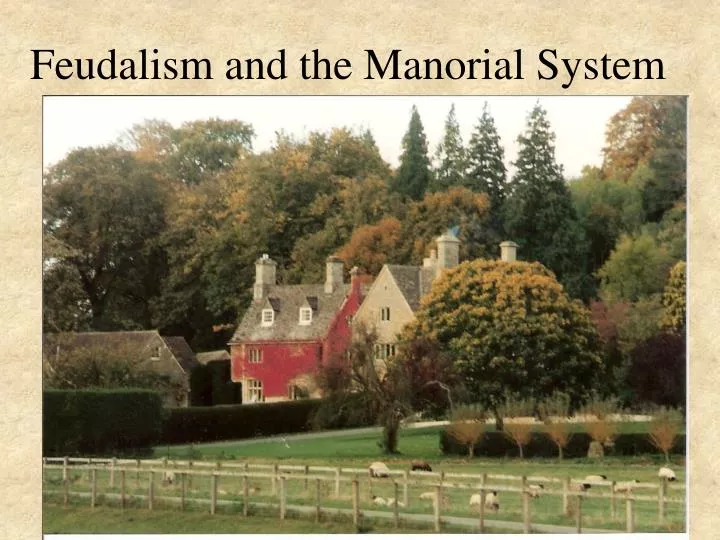

These were less common than the other two types of land.
#MANORIALISM VS FEUDALISM CHART FREE#
Mansions typically consisted of three types of land:ĭemesne Land - part of the Lord's land that he kept for his own use and that of his householdĭependent possession - land used by tenants (known as serfs or villains) who were required to provide agreed goods or services to the master.įree Farming Land - Land that was farmed by peasants who were free but under the jurisdiction of the estate. In addition, the main house was surrounded by small tenant houses, the village, farmland, and common areas that were used by the entire community.

The Lord's manor (a property) was the center of the economy. They were also obliged to him economically, politically and socially.

In manorialism, the peasants were completely under the jurisdiction of the landlord. In addition, manorialism arose in the late Roman Empire and was popular in medieval Europe. As an essential part of feudal society, this system essentially describes land distribution and rural economic organization. Manorialism or seignorialism is an economic and social structure based on the medieval manor house in which a nobleman enjoyed a variety of rights over land and tenants. Although we usually associate feudalism with medieval Europe, features of feudalism are also visible in many other historical societies such as Japan and Rome. The feudal system was essentially based on the interdependence between lord and vassal.įeudalism, however, began to decline with the increase in trade, the rise of cities, and the decline in population caused by the black plague. Meanwhile, the king and vassal made a treaty - the vassal promised to fight for the king on his orders, while the king agreed to protect the vassal from outside forces. This happened at a commendation ceremony, which consisted of the two-part act of deference and the oath of loyalty. However, before the king granted land to anyone, he had to make that person a vassal. The nobles in turn leased their land to farmers (fiefs). The king (lord) owned the whole land, and he distributed plots of landed nobles (vassals) who pledged loyalty and service to the king. In other words, we call these the king, the nobles, and the peasants.

In addition, a feudal society had three different classes: lords, vassals, and fiefs. Although different scholars define feudalism differently, the term feudalism specifically refers to the hierarchical relationship between different levels of people in society. What is the difference between feudalism and manorialism - comparison of the main differences key termsįeudalism, manorialism, manorialism, middle ages What is Feudalism?įeudalism is a social, political and economic system that existed in European medieval societies. What is manorialism - definition, characteristics, facts 3. What is feudalism - definition, characteristics, facts 2. Feudalism mainly describes the obligation of the vassals to the king, but manorialism describes the organization of the rural economy in a feudal society. Both systems involved the exchange of land in exchange for services. įeudalism and manorialism are two systems that existed in medieval Europe. The main difference between feudalism and manorialism is that feudalism describes the relationship between the king and his masters, but manorialism describes the relationship between landed aristocrats and peasants.


 0 kommentar(er)
0 kommentar(er)
